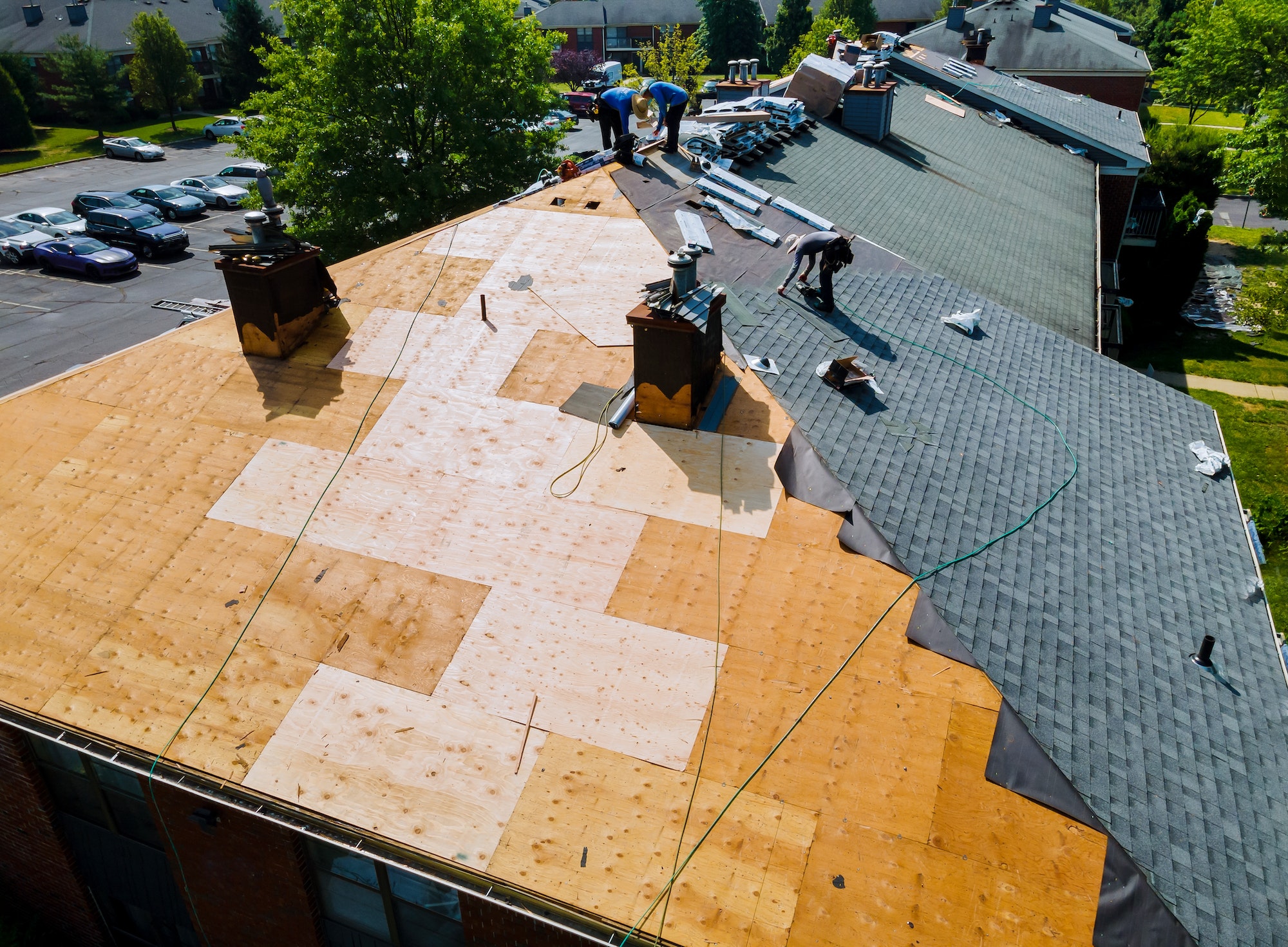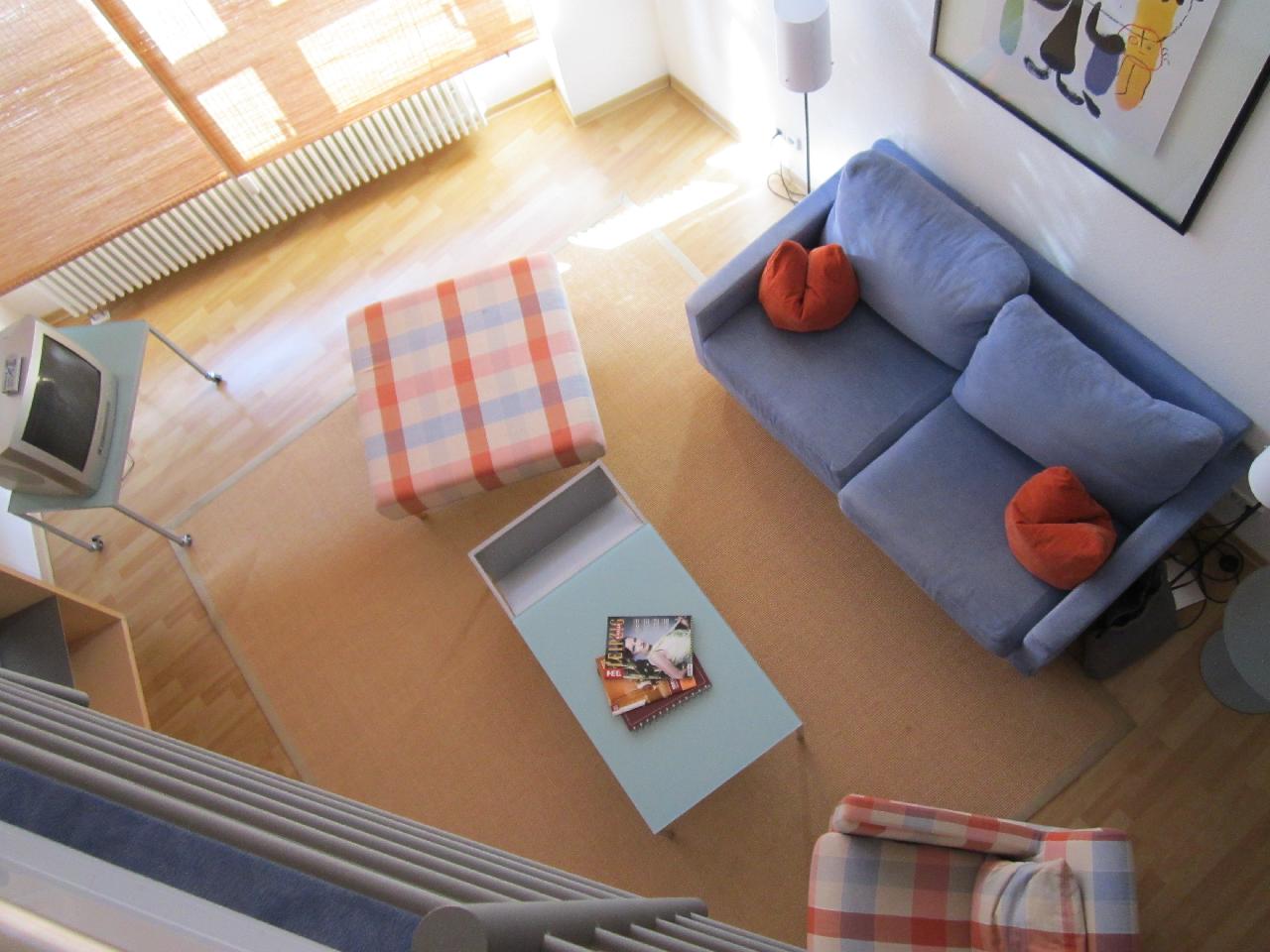Herringbone floors, with their distinctive zigzag pattern, are making a significant comeback in modern interior design. Once a symbol of traditional and historical elegance, these floors are now seen in contemporary homes, blending old-world charm with modern aesthetics.
A Brief History of Herringbone Flooring
The herringbone pattern dates back to the Roman Empire, where it was first used in road construction. Its name is derived from the resemblance to the bones of a herring fish. Eventually, the pattern found its way into European homes during the Renaissance period, particularly in France, where it became synonymous with opulence and craftsmanship. Today, the herringbone floor pattern continues to evoke sophistication while offering a versatile design that complements a variety of styles.
Why is Herringbone Trending Again?
As minimalist and open-concept designs have dominated in recent years, many homeowners are now seeking to introduce character and texture into their spaces. Herringbone flooring offers an ideal solution, providing visual interest without overwhelming a room. Its unique geometric layout can be both subtle and statement-making, depending on the size, material, and finish used.
The growing interest in natural materials and timeless design elements has also played a role in the resurgence of herringbone floors. Wood, in particular, is highly favoured for herringbone patterns, as it can balance warmth and sophistication. However, newer trends are also experimenting with materials such as tile, vinyl, and laminate, making the herringbone pattern accessible to a wider range of budgets and tastes.
Materials to Consider
Herringbone floors can be crafted from a variety of materials, each offering different aesthetics and practical benefits.
Wood: Traditional and timeless, wood is the most popular material for herringbone floors. Oak, walnut, and maple are commonly used, with finishes ranging from rustic to sleek and modern. Wood herringbone floors are durable and can last for decades with proper maintenance.
Tile: Porcelain or ceramic tiles are a practical alternative to wood, especially in areas like kitchens and bathrooms where moisture is a concern. Tile herringbone floors can mimic the look of natural wood while being more resistant to water and wear.
Luxury Vinyl Tile (LVT) and Laminate: For those looking for a budget-friendly option, vinyl and laminate offer the herringbone look at a fraction of the cost. These materials are available in a wide range of colours and styles, providing flexibility for homeowners who want the aesthetic appeal without the high price tag.
Where to Use Herringbone Floors
One of the reasons herringbone floors are so popular is their versatility. They can be used in various rooms and settings to achieve different effects.
Living Room: In large, open spaces like living rooms, herringbone floors can help define the area and add texture to the design without overpowering it. Light-toned wood can create an airy, Scandinavian-inspired look, while darker finishes offer a more dramatic, moody vibe.
Kitchen: Tile and LVT herringbone flooring are a popular choice in kitchens due to their durability and ease of maintenance. The pattern adds visual interest, especially when paired with sleek, modern cabinetry and fixtures.
Entryway: The pattern’s striking design is perfect for entryways, where it can create a lasting first impression. A herringbone floor in this area immediately conveys a sense of style and craftsmanship.
Bathroom: Water-resistant materials like tile or vinyl are ideal for bathrooms. The herringbone pattern can give a small bathroom a more luxurious and customised feel, especially when paired with high-quality fixtures and finishes.
Considerations Before Choosing Herringbone Flooring
Installation Costs: Herringbone floors require more labour-intensive installation compared to standard planks, which can drive up costs. Hiring a skilled professional is essential to ensure that the pattern is laid correctly, especially if using materials like wood or tile.
Room Size and Layout: The herringbone pattern can make a small room feel more dynamic, but if the space is too cluttered, it can also feel busy. In larger rooms, the pattern can help break up large expanses of flooring, adding visual interest without the need for additional décor.
Maintenance: Wood herringbone floors require regular upkeep, including cleaning and refinishing over time. However, newer materials like tile and vinyl are easier to maintain, making them ideal for high-traffic areas.
Design Style: While herringbone floors can suit both traditional and modern aesthetics, it’s essential to consider how they will blend with the rest of your décor. The pattern tends to make a bold statement, so it’s worth thinking about whether it complements your home’s overall style.
Discover more from Futurist Architecture
Subscribe to get the latest posts sent to your email.



